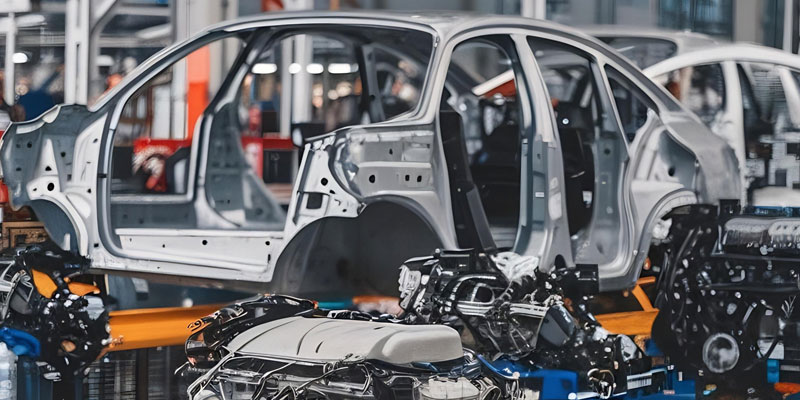Schedule a Call Back
Automated packaging lines drive sustainability goals forward
 Articles
Articles- Aug 18,22

Related Stories

Mobec reshapes EV charging, battery reuse: Harry Bajaj
Mobec is redefining both how EV charging is delivered and how battery resources are reused, enabling a flexible and circular EV ecosystem.
Read more
MAHLE India to double business in 4–6 years: Milind Godbole
MAHLE India to double business in 4–6 years: Milind Godbole
Read more
For the foreseeable future, multiple fuels will coexist and grow: Farrokh Cooper
In this conversation with Rakesh Rao, Farrokh Cooper, CMD, Cooper Corporation, shares his views on manufacturing, technology and the road ahead.
Read moreRelated Products

Automatic Food Snacks Packaging Machine
Grace Food Processing & Packaging Machinery offers
automatic food snacks packaging machine.

Servo Auger Machine
All India Packing Machines offers collar type servo auger machine. Read more

Shrink Tunnel
Vista Technopack Machines offers a range of online shrink tunnel with L sealers. Read more















